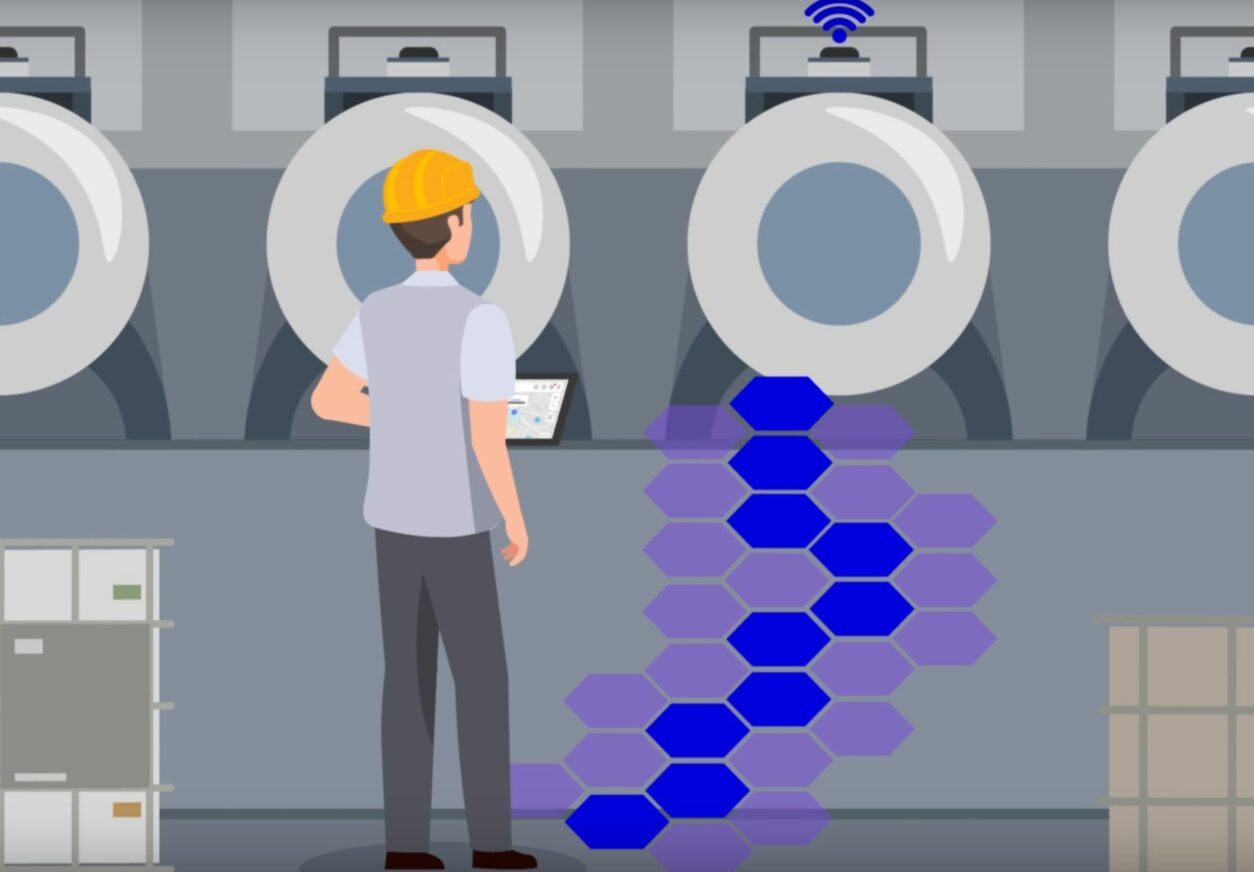Importance of Lean methods
In recent years, we have witnessed a new industrial revolution that has given rise to Industry 4.0.
This transformation of the industry and production systems is accompanied by a significant change in the way of thinking about the company.
These are now aimed at continuous improvement and the elimination of the 7 wastes within the production processes.
As a reminder, these 7 wastes, also called Mudas, are the following:
- Overproduction,
- Unnecessary stocks,
- Unnecessary movements,
- Unnecessary movements,
- Unnecessary processing,
- Errors,
- Waiting times.
In the article Becoming a Mudas hunter for a company at the peak of its productivity, we saw that the under-utilization of human potential was the eighth waste.
The eradication of these eight wastes is the mission of Lean Manufacturing.
The human at the heart of the factory
Zozio fully shares the Lean vision on the role of the worker in the factory.
This is why we have developed an ergonomic platform that facilitates the daily work of the operator.
How does the Zozio logistic platform work ?
By eliminating time-consuming and repetitive tasks, such as manually searching for equipment, thanks to the recovery of data from the field and management software such as ERP.
Zozio’s solution Robin, a real “digital companion”, accompanies the employee in his daily life and allows him to anticipate, measure and optimize logistic flow, stocks and inventory.
New technologies accompany these changes by allowing the use of new tools or methods.
Do you really know the main tools and methods of Lean Management?
In this article, we will review the main Lean concepts to optimize your integration in the Kaizen system.
The 5S method
When we talk about Lean, we often hear about the 5S method, and for good reason, it is one of the pillars of Lean Management.
This method allows to optimize the working conditions by ensuring the organization of the workstations by reducing the waste caused by the disorder, the useless displacements or the redundant or useless stages.
This method comes from Japanese and the 5S means :
– Seiri: Sort,
– Seiton : Tidy up,
– Seiso : Clean,
– Seiketsu : Standardize,
– Shitsuke : Respect.
Optimization and quality requirements: Poka-Yoke and the Six Sigma method
Poka-Yoke is a Japanese term, which can be translated as error prevention. This Lean method consists in putting in place the necessary means to guarantee that the expected result is obtained the first time.
Poka-Yoke is part of a quality approach and thus seeks absolute regularity.
In practice, it is the Six Sigma method that will be used in companies to meet this objective of zero error. Its name is due to the statistically acceptable level of variation, i.e. 3 or 4 defects for one million units produced.
To implement it, it is essential to identify the source of variability in the process, in order to correct it.
The Six Sigma method offers techniques and tools to improve process capability while reducing defects.
Among these techniques is Jidoka, which provides operators with the ability to detect the occurrence of a malfunction before an error is made.
Another of the Six Sigma application methods has already been mentioned in the Zozio blog.
It is the PDCA method, for Plan Do Check Act, or Deming wheel, in the article Applying the PDCA method for a successful company.
In it, we explained its objectives, namely to repeat cycles of actions during the stage of a project or a production line to improve the company’s performance.
In Lean Management, we also talk about the DMAIC method, for Define, Measure, Analyze, Improve and Control. It has the same objectives as the PDCA method, but is applied in five steps.
The key tool of pull flow: just-in-time
To avoid producing too much and having too much stock, many companies operate on a pull-flow basis.
In this organization, it is the customer’s request that triggers the production of a product.
Just in time is one of the pillars of Lean because it allows to create a piece by piece flow.
To pace it, it is necessary to follow the rhythm given by the Takt Time, i.e. the average sales rate.
The Takt Time
The Takt Time is the rate at which a product must be finished in order to meet the customer’s demand.
It is equal to the ratio between the available production time and the customer demand.
Thanks to these tools, it is possible to optimize your capacity to meet the demand without generating too much excess inventory.
On the other hand, the production system must be able to change the manufacturing process in order to adapt to the particularities of each order without additional cost.
Moreover, no margin is provided for potential defects or stoppages. The company must therefore deal with contingencies without causing delays.
Heijunka : the concept of leveling-smoothing
To overcome the randomness of orders, the concept of leveling-smoothing is developed.
It allows to manage the variations of orders by optimizing the manufacturing orders.
These are grouped by family over a given period by splitting and production follows the principle of smoothing, by adapting production levels to variations in customer demand.
Splitting and smoothing are the two concepts of leveling-smoothing, also called Heijunka.
The SMED method
In order to facilitate the implementation of pull flow objectives, it is necessary to reduce the preparation time between two production series.
The SMED method is then used. In French, it is called CRS: “Changement Rapide de Série”.
Its implementation follows four steps, the identification, the separation, the transformation and the reduction, which are detailed in the article about the SMED method.
And many other methods and tools that cannot be ignored!
Lean Management offers a multitude of other techniques to improve its processes.
Among these, we find for example the Value Stream Mapping, or VSM, which is presented as a process map and which allows to list all the activities produced in a company, or the very famous Kanban method in inventory management.
Zozio’s blog will give you an overview of these methods and their uses!
Written by Emma Guignard




